RoboCop’s 20-year gaming slumber is finally over. Alex Murphy, Anne Lewis, and the Detroit Police Department team get back into the action and deliver another action-packed adventure through the lively Old Detroit streets that make the films so iconic.
If you’re a fan of that old-school action movie vibe, where things are equal parts campy, outrageous, and a whole lot of fun, then you’ll feel right at home. Everything people love about RoboCop franchise is here, including the iconic dulcet tones of Peter Weller, but they’re masked with an almost Detroit: Become Human-style narrative web that allows us to live the dream of being the man behind the machine.
Key Details
- Developer – Teyon
- Platforms – PC, PS5, Xbox Series X|S
- Release Date – November 2, 2023
- Price – $49.99/€49.99
The Circumstances

RoboCop: Rogue City takes place just after the events of the second film. Nuke, a mind-altering mega drug, is loose on the streets, gang members are tormenting Detroit, and there’s a brand-new baddie in town. He’s nameless, like OCP’s own Old Man, known simply by the moniker of The New Guy. I love this hook; it could have been ripped right out of another draft for RoboCop II, and much of the story plays on the same themes.
This arc works so well because it immediately gives the game an identity. Even if you’ve never seen the films, by the end of the tutorial sequence, you’ll have a grasp of the stakes and the concepts that are at play. Alex Murphy has a past, and RoboCop has orders. Not only are we fighting to save Old Detroit from terrorists, but we’re also battling something much more personal.
The Mechanics
This department is where things fall off a bit for me. Rogue City is packed with combat. Wave after wave of banal NPCs fill the apartment buildings, offices, and various nooks and crannies of Old Detroit. It’s fun initially, but RoboCop’s juggernaut presence presents a problem.
When you’re a walking tank with virtually no ability to sneak, sprint, or do much of anything other than run right through people, what’s left to do? Most encounters turn into a numbers game where you’re stuck inch-worming through fights, tanking whatever damage the Torch Heads or other various criminals can throw at you, and consistently wishing you could smack on some more upgrades to make things interesting.

There are some novel ideas, like agile enemies on motorcycles who take advantage of Murphy’s limited movement speed, and they add a nice spice up to your regular infantry types.
Grabbing giant enemies and chucking them through walls is fun, and the destructible environments are generally delicious, but there’s just not enough meat on these bones (or wires, maybe?)
Developer Teyon gets huge points for making the Auto-9 super upgradeable and customizable, though. I’ve always hated it when a character has iconic weapons or gear that becomes unusable by the second act. That’s not the case here. By the end of my playthrough, the Auto-9 was an unrecognizable version of itself in the best possible ways. I still didn’t love the combat, but it was a decent shot at the over-the-top fighting style that Paul Verhoeven imagined for the first film.
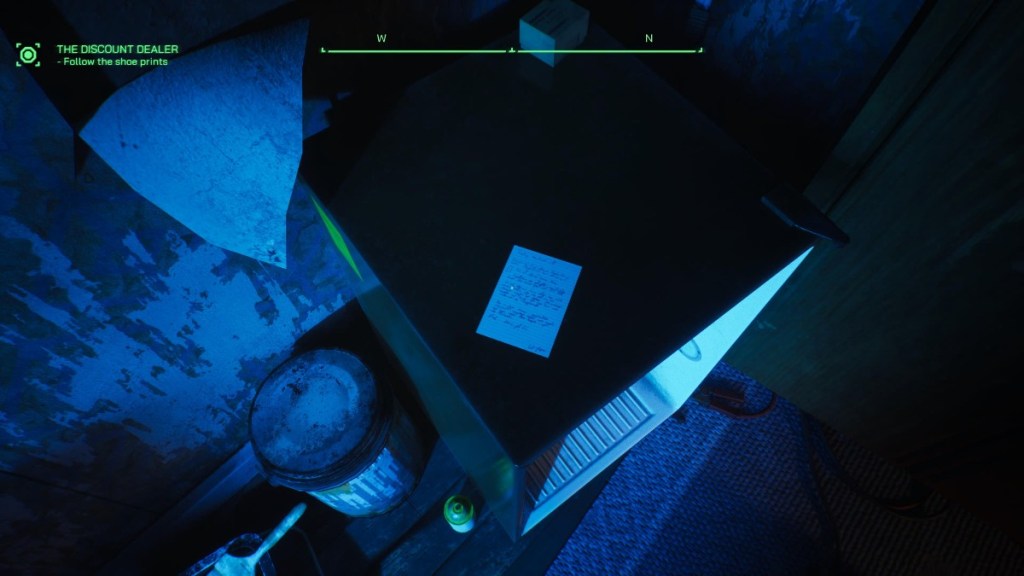
Also, the detective work isn’t super imaginative, but I do give it a pass. RoboCop’s enhancements eliminate most of the challenge of finding clues for each case, as it mainly consists of checking empty rooms and holding down one button to activate his scanner. It’s absolutely worth it, though, as most of the game’s best conversational results come from doing the legwork.
The Magic
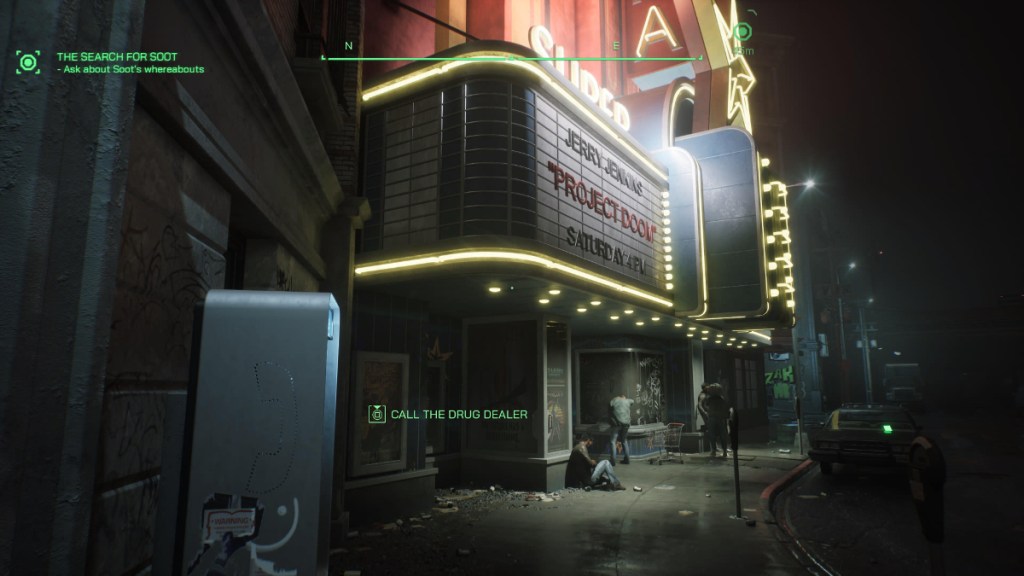
RoboCop: Rogue City redeems itself out of combat in a significant way, though. I never expected to fall in love with the RPG elements of this game, but that was the first thing that truly gripped me.
Side missions are a crucial part of how you level up. These quests often feel inconsequential in FPS games, but in Rogue City, they are essential to your ability to level up. Equally important to make this system, spending time on upgrading RoboCop pays off big in every new section of the game.
I skipped most of them in the game’s opening section, regretting it later. There are so many secret joys hiding in the shadows in this game, and I suspect I’ll be replaying it to find the ones I missed as soon as possible.
Exploring Old Detroit in its full glory adds a whole level of magic that’s only hinted at on the surface of the main storyline. One particular questline that blends into the bigger narrative sees RoboCop team up with a local police informant, Pickles, who is trying to return a watch that he stole from a member of the DPD.
It turns out that the owner of the watch has been missing for some time, but RoboCop escorts Pickles to the right apartment so that he can give the watch back to the officer’s wife. Things get messy and emotional from here, and really, it’s best experienced for yourself, but it’s a surprisingly raw and honest story about the strain of addiction that hit way too close to home for me.
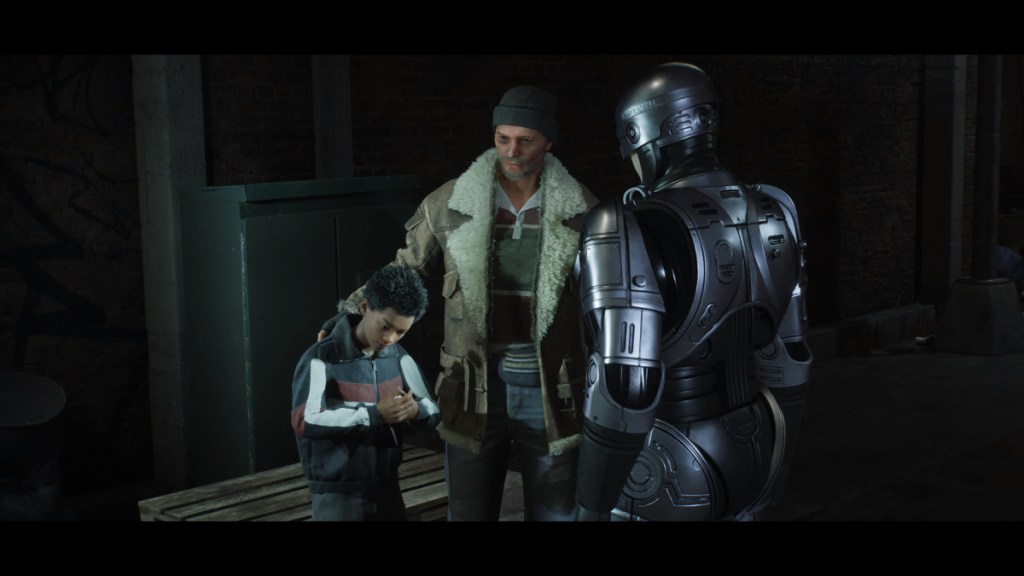
For all that beauty in the shadows, there’s also some ugliness in the sunlight. We noted in our preview for Rogue City that there are some concerning elements of 80s fiction that are heavy-handed. Sex workers catcalling RoboCop, crude language, and painting the ‘punk’ aesthetic as one of crime and debauchery may be consistent with the movies, but I’m not sure that being ultra faithful was worth it.
Also, speaking candidly, a police power fantasy set in America feels slightly strange in 2023. The RoboCop franchise has never shied away from examining police corruption, power trips, or any nasty behind-the-scenes things that could make this game even more uncomfortable to write about, but the social climate has changed since 1987.
If nothing else, there is a heavy focus on RoboCop’s three prime directives: serve the public trust, protect the innocent, and uphold the law. I won’t pretend to be an expert in public sector policy, but I’m satisfied with how Teyon handled things.
The Performance
My singular favorite thing about RoboCop: Rogue City is the return of Peter Weller as RoboCop. Frankly, the whole game could have been stuck in the mud without his instantly recognizable voice to anchor it. I’ve stopped playing spinoff games of ages past because the voice talent never felt right, but that was never a worry here.
The entire voice team should be proud of their effort. They’re unfortunately let down by awkward face animations, though. It’s hard to get invested in the main characters of the game when their face never quite lines up with the words they’re speaking. This has been a longstanding criticism of modern RPGs, and while it never bothered me in games like Horizon Zero Dawn, I couldn’t overlook it here. It honestly frustrated me more than the combat.
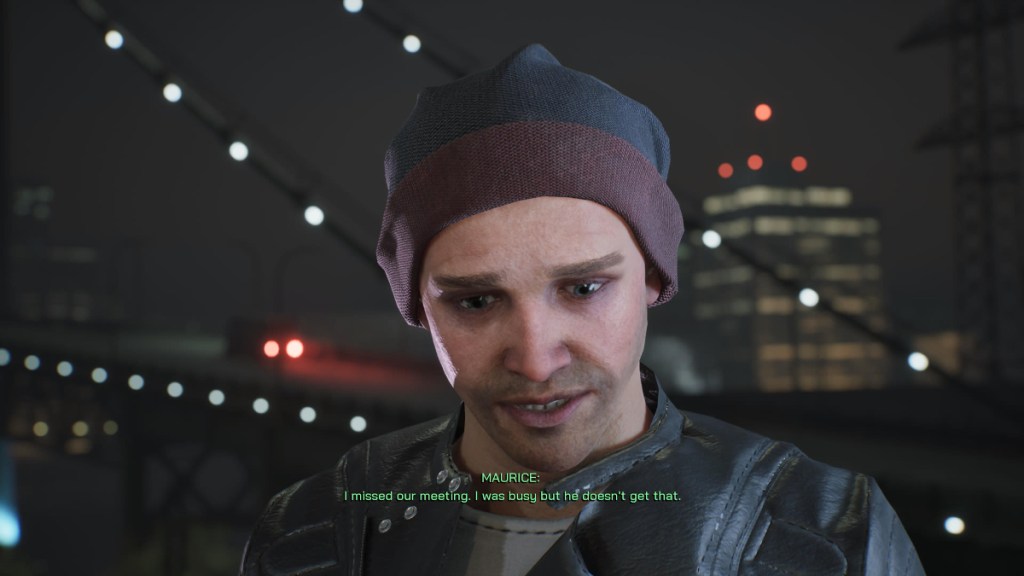
As for overall system performance, I can only speak to the PlayStation 5 version, but there were some problems along the way. Dropped frames, character models zooming into the frame when skipping through bits of dialogue, and some strange AI logic that causes enemies to run into walls occasionally when reloading levels. None of these were game-breaking, but they popped up often enough to be noteworthy.
Verdict
RoboCop: Rogue City isn’t perfect. I never felt like the action found its legs, but the sleek streets of Detroit entranced me with its incredible cast of characters and stories that are infused with all of the charm of Edward Neumeier and Michael Miner’s over-the-top world.
Some key mistakes get in the way of the game’s total package potential. However, it still delivers an enticing story, fantastic visuals, and a surprisingly well-realized version of Old Detroit. Playing Rogue City made me nostalgic for a time in my life when the stakes were lower, movies were sillier, and the idea of RoboCops didn’t feel like an inevitability.
Final Score:
7 / 10
| + Detroit hums with life, and exciting civilians spice up the city streets. | |
| + Excellently crafted narrative that begs to be replayed and blends beautifully into the greater RoboCop narrative. | |
| – Repetitive action sequences, performance hiccups, and facial animations lag a generation behind the excellent story. |





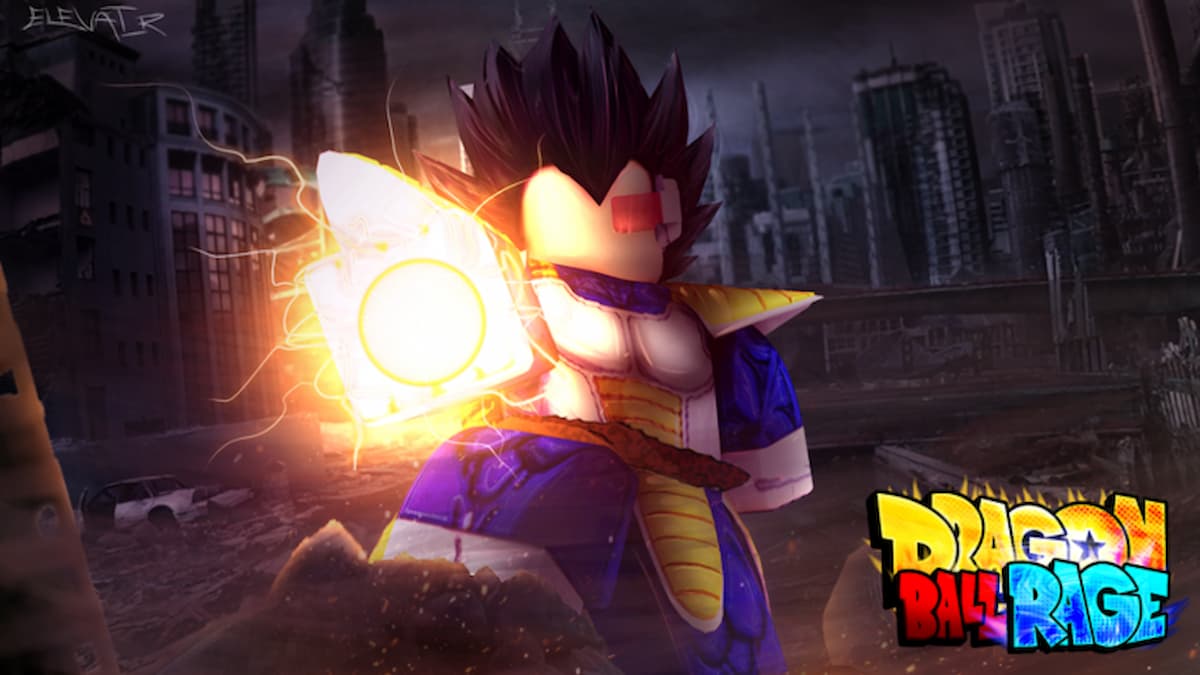
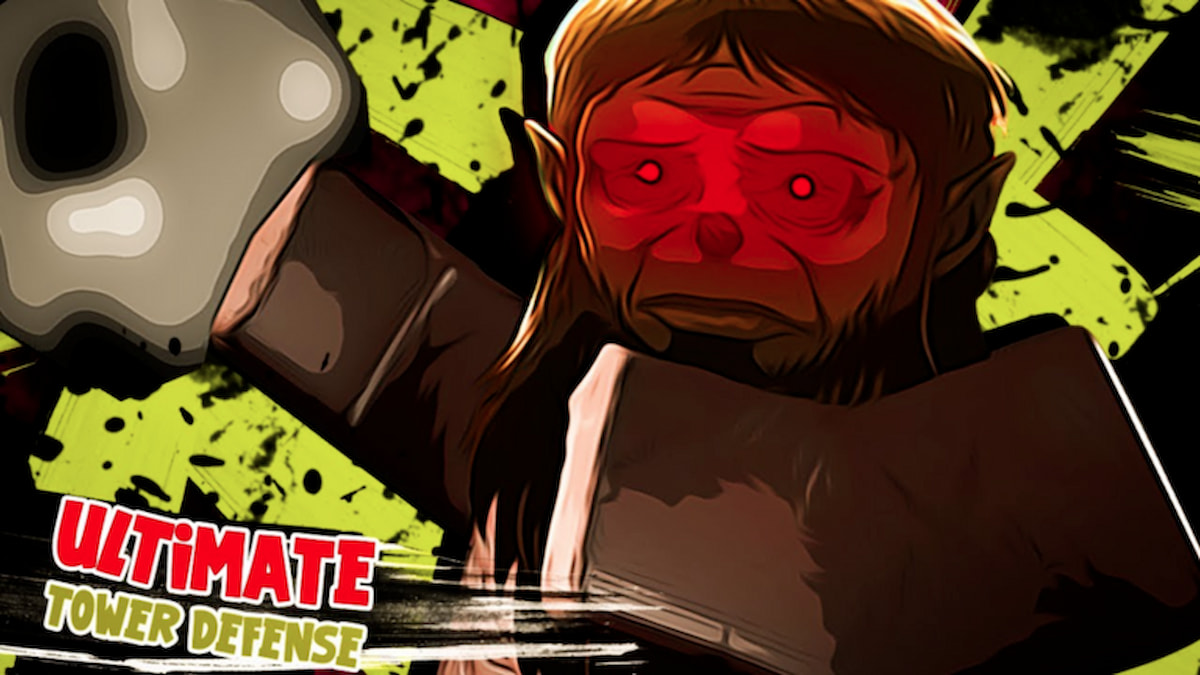
Published: Oct 31, 2023 04:00 am